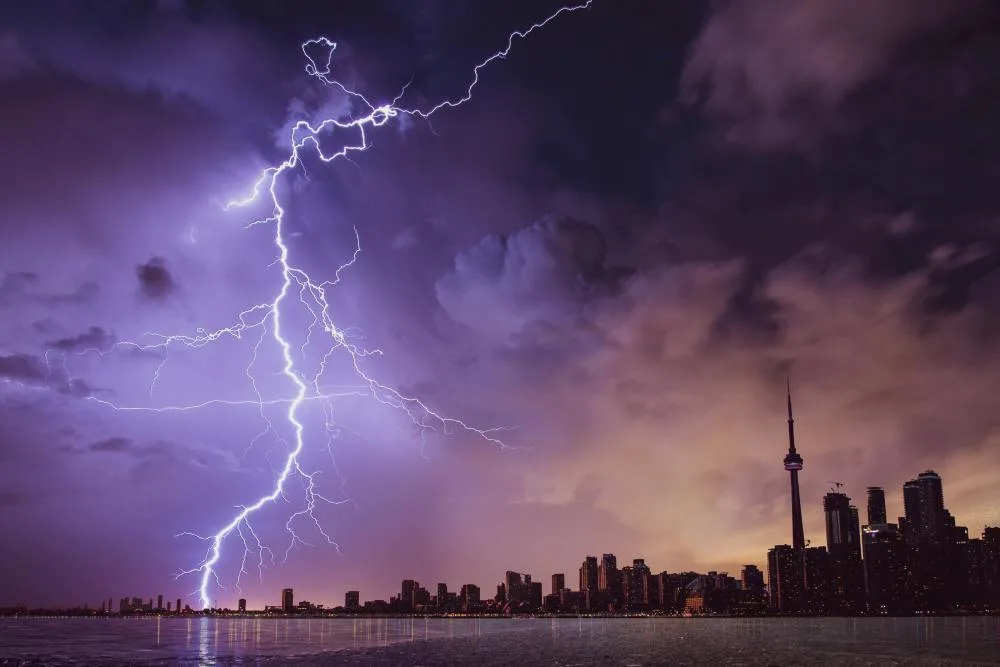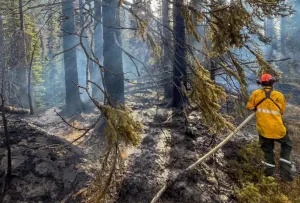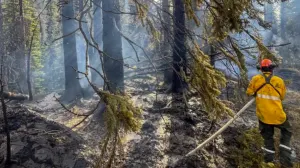
Scientists use AI to predict lightning with 30-minute heads-up
The researchers say their system, which is based on a decade of lightning observations in Switzerland, has an 80 per cent accuracy rate.
While meteorologists can narrow down places where thunderstorms are likely to occur, accurately predicting specific individual storms remains harder -- and individual lightning strikes just about impossible.
That may change in the near future, however, thanks to the work of scientists in Switzerland's École Polytechnique Fédérale de Lausanne, who say they've managed to use AI to predict lightning strikes with up to 30 minutes' warning time, within a 30-kilometre radius.
More than that, the researchers say the system they've devised is inexpensive, and relies only on ground air pressure, air temperature, relative humidity and wind speed.
“Current systems are slow and very complex, and they require expensive external data acquired by radar or satellite,” one of the researchers, Amirhossein Mostajabi, said in a release from the university. “Our method uses data that can be obtained from any weather station. That means we can cover remote regions that are out of radar and satellite range and where communication networks are unavailable.”

Lightning observed over Toronto, Ont., during a thunderstorm. Image: Pexels
The researchers' method relies on training an AI to recognize the conditions that have been observed to make lightning possible. As part of the process, the AI was fed a decade's worth of weather observation data from 12 Swiss weather stations, split between rural and urban areas. Once the AI had been properly "trained," it was able to accurately predict lightning strikes about 80 per cent of the time.
The research paper, which was published earlier this month in the journal Climate and Atmospheric Science, links the need for more accurate lightning forecasting to the numerous ways lightning impacts humankind, from wildfires and house fires, to crop and wildlife damage, to lightning-caused deaths.
In Canada, lightning accounts for 45 per cent of wildfire starts, and 81 per cent of land area burned, and as climate change continues apace, it's expected to become more frequent, worsening the risk.
Environment Canada says some two million lightning strikes are measured in the country every year, most frequent in the southern Prairies and southwestern Ontario. Lightning kills an average 9-10 people annually, and injures 100-150 others.










